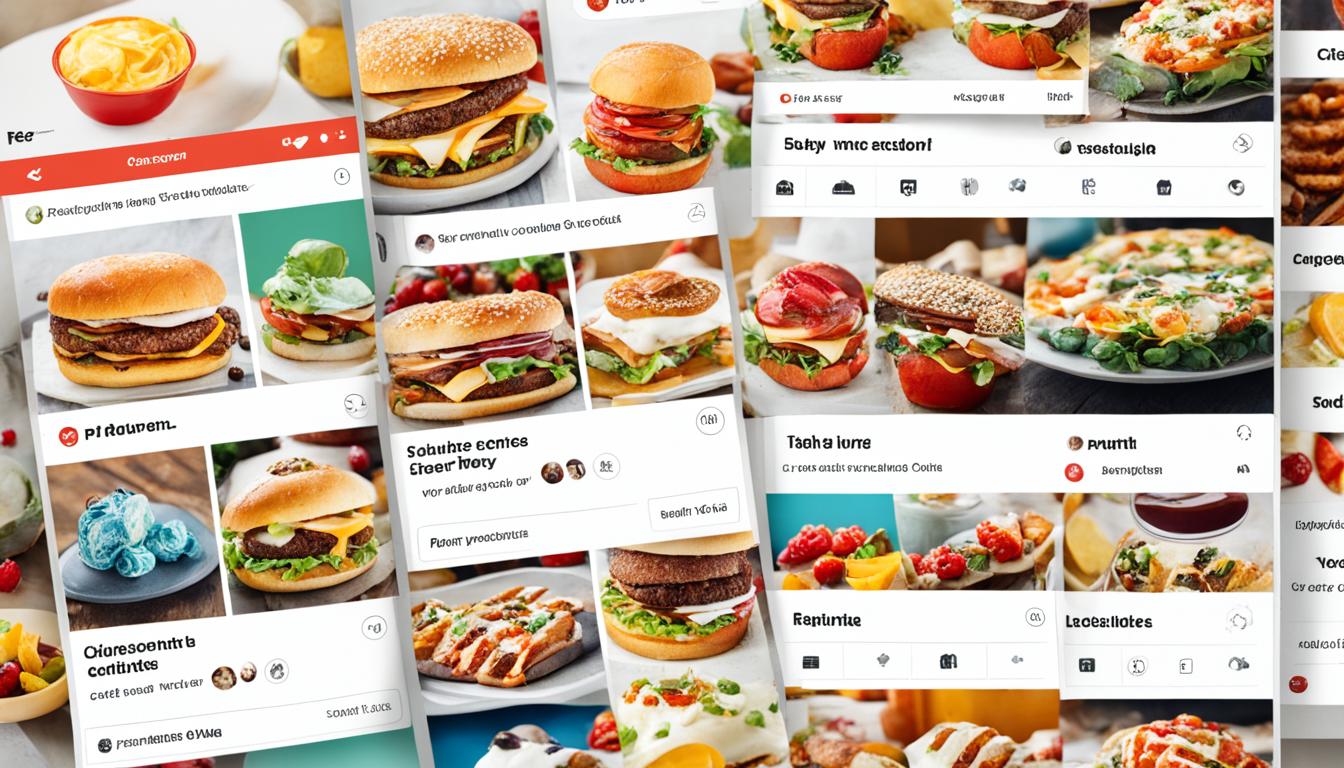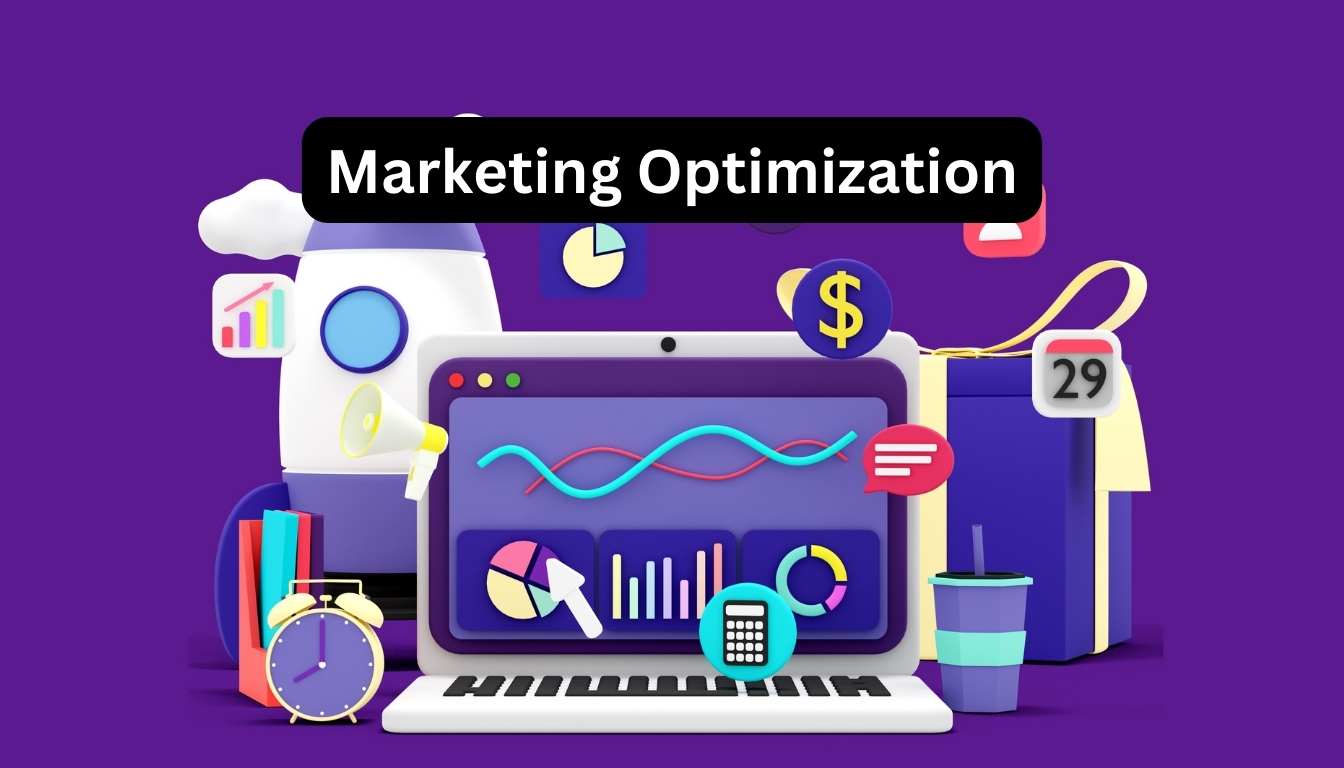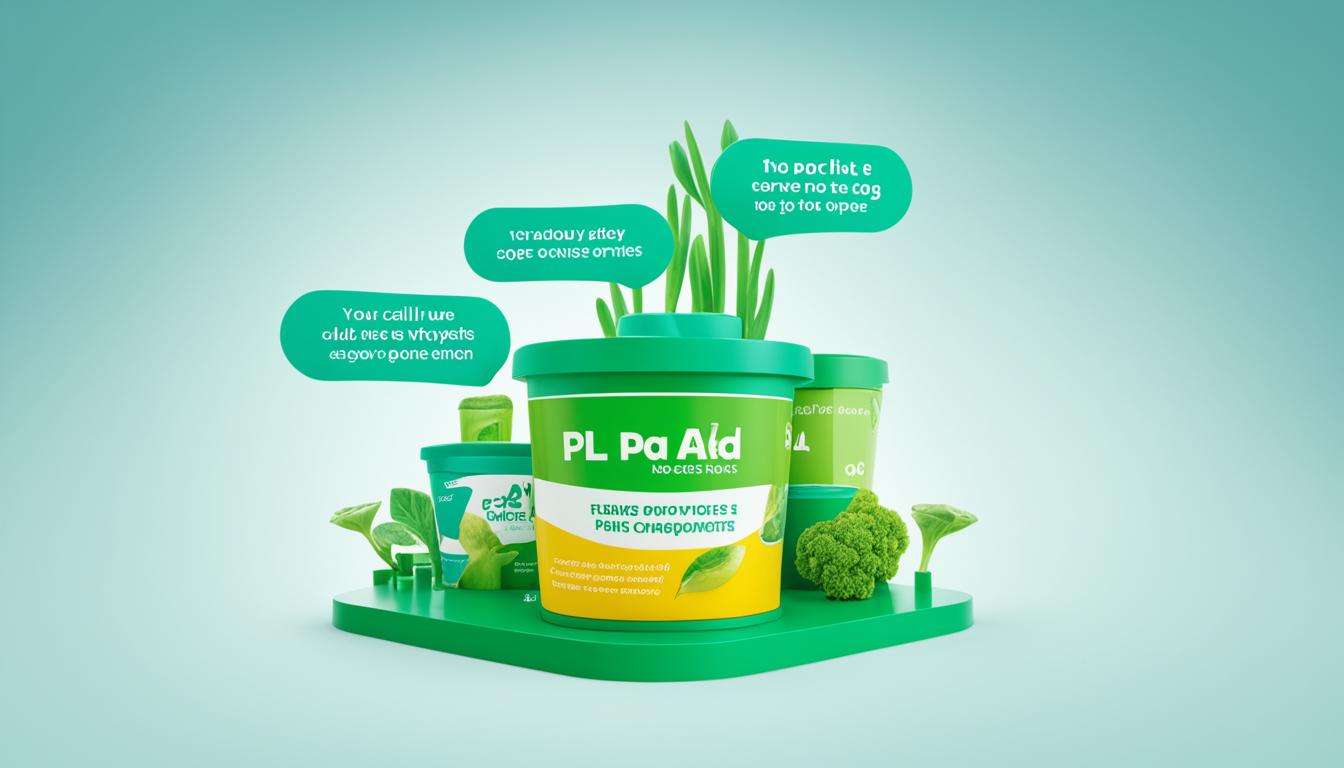The NIO Marketing Strategy for 2024 is a case study that examines the brand positioning and targeted customer engagement tactics employed by NIO in the competitive electric vehicle (EV) sector.
The NIO brand has successfully carved out its place in the market through a strategic marketing approach that cleverly targets its desired audience. By implementing innovative marketing tactics, utilizing a strong digital marketing approach, conducting thorough competitive analysis, and adopting effective market segmentation strategies, NIO has established itself as a formidable player in the EV industry.
With a strong online presence and a well-crafted social media strategy, NIO has effectively engaged its target audience and built brand loyalty. The company’s marketing tactics, such as the NIO app, NIO Houses, and the NIO Life program, have created an emotional connection with customers, enhancing their ownership experience and fostering a sense of community.
The NIO Marketing Strategy 2024 case study will delve into the details of NIO’s approach, highlighting the key aspects that have contributed to its success in the EV market.
Key Takeaways:
- NIO has implemented a strategic marketing approach to position itself as a prominent player in the EV industry.
- The company’s digital marketing approach, competitive analysis, market segmentation, online presence, and social media strategy have contributed to its success.
- NIO’s marketing tactics, such as the NIO app, NIO Houses, and the NIO Life program, have built an emotional connection with customers and enhanced their ownership experience.
- The NIO Marketing Strategy 2024 case study will provide valuable insights into the brand’s marketing tactics and their impact on its growth and success.
- Understanding NIO’s marketing strategy can provide valuable insights for businesses looking to establish themselves in the competitive EV market.
The Evolution of Electric Vehicles and Servitization
In recent years, the electric vehicle (EV) market has experienced a significant evolution, driven by advancements in technology, environmental concerns, and government incentives. Alongside this evolution, the concept of servitization has emerged in the automotive industry, revolutionizing traditional business models and customer engagement strategies.
The EV market has witnessed remarkable growth as clean energy becomes a priority in the automotive industry and among consumers. The increasing demand for environmentally friendly transportation options has propelled the development of efficient battery technology, allowing for longer driving ranges and faster charging times. As a result, EVs have become a viable and attractive alternative to conventional vehicles.
Furthermore, the servitization trend in the automotive industry has gained traction, transforming the way car manufacturers approach their business models. In addition to selling vehicles, manufacturers are now offering a range of value-added services to enhance the customer experience. This shift toward service-oriented business models is driven by the recognition that customers seek more than just a means of transportation; they desire a holistic ownership experience.
Digitalization plays a pivotal role in enabling these new business models and services. The integration of digital technologies allows car manufacturers to offer personalized experiences, such as remote vehicle monitoring, software updates, and connected services. This digital transformation enables manufacturers to establish stronger relationships with customers and adapt to their evolving needs and preferences.
Key Factors Driving the Evolution of Electric Vehicles and Servitization
| Factors | Description |
|---|---|
| Advancements in Battery Technology | New battery technologies enable longer driving ranges and faster charging times, making EVs more practical and appealing to consumers. |
| Charging Infrastructure Development | The expansion of charging infrastructure networks provides convenient and accessible charging options, alleviating range anxiety and promoting EV adoption. |
| Government Support for Clean Energy | Government incentives, subsidies, and regulations encourage the adoption of clean energy vehicles, spurring the growth of the EV market. |
| Servitization in the Automotive Industry | Manufacturers are transitioning from product-centric to service-oriented business models, offering value-added services to enhance the customer experience. |
| Digitalization | The integration of digital technologies enables personalized experiences, remote monitoring, and connected services, fostering stronger customer relationships. |
The convergence of clean energy automotive technologies, servitization, and digitalization is reshaping the automotive industry, creating new opportunities for manufacturers and benefits for consumers. This evolution not only addresses environmental concerns but also enhances the overall ownership experience by providing convenience, efficiency, and a personalized touch. As the EV market continues to grow, it is likely that we will see further innovations and advancements in servitization, establishing a new standard for the automotive industry.
Methodology for Analyzing NIO’s Business Model
This section outlines the methodology used to analyze NIO’s business model, providing insights into the company’s strategic approach. A combination of qualitative and quantitative analysis, primary and secondary data sources, SWOT analysis, and the business model canvas were employed to gain a comprehensive understanding of NIO’s business model and its key components.
Qualitative and Quantitative Analysis
Qualitative analysis was conducted to assess NIO’s business model from a qualitative perspective, examining factors such as competitive advantages, market positioning, and customer value proposition. This involved a thorough examination of NIO’s mission statement, value proposition to customers, and overall strategic direction.
Quantitative analysis focused on analyzing financial data and performance metrics to evaluate NIO’s business model in a quantitative manner. This included assessing key financial ratios, revenue growth, profitability, and market share.
Primary and Secondary Data Sources
A combination of primary and secondary data sources was utilized to gather information and insights for the analysis of NIO’s business model.
Primary data sources included NIO’s financial reports, official documentation, and interviews with company representatives. These sources provided invaluable information on NIO’s financial performance, market strategy, and competitive positioning.
Secondary data sources comprised scholarly articles, industry reports, and market research studies. These sources helped provide a broader contextual understanding of the electric vehicle market, NIO’s competitors, and industry trends.
SWOT Analysis
SWOT analysis was utilized to assess NIO’s business model by evaluating its strengths, weaknesses, opportunities, and threats. This analysis provided insights into NIO’s internal capabilities, external market conditions, and potential risks and challenges.
Business Model Canvas
The business model canvas was employed as a visual tool to map and analyze NIO’s business model components. This included assessing NIO’s key partnerships, value proposition, customer segments, channels, revenue streams, resources, and activities. The business model canvas facilitated a comprehensive understanding of the interconnected elements that contribute to NIO’s overall business model.
The methodology employed for analyzing NIO’s business model aimed to provide a robust and informed assessment of the company’s strategic approach, financial performance, and market positioning. By incorporating qualitative and quantitative analysis, primary and secondary data sources, SWOT analysis, and the business model canvas, a holistic view of NIO’s business model was achieved.
NIO’s Marketing Tactics and Customer Engagement
In order to establish a strong connection with its customer base, NIO employs a variety of innovative marketing tactics and customer engagement strategies. By leveraging cutting-edge technology and creating personalized experiences, NIO ensures that every interaction with their brand leaves a lasting impression.
The NIO App: A Personalized Ownership Experience
At the core of NIO’s customer engagement strategy is their powerful mobile application. The NIO app goes beyond the traditional vehicle ownership experience, offering a range of features and services tailored to each customer’s needs.
With the NIO app, customers can access personalized vehicle settings, receive maintenance alerts, and even monitor real-time performance data. This level of connectivity enables NIO owners to have full control and transparency over their driving experience.
Furthermore, the NIO app creates a sense of community through its social feed feature. NIO owners can connect with each other, share experiences, and participate in discussions, fostering a vibrant community of NIO enthusiasts.
NIO Houses: Where Connections are Forged
To further reinforce their customer engagement efforts, NIO has established physical locations known as NIO Houses. These spaces serve as more than just showrooms – they are immersive environments designed to educate, inspire, and connect with existing and potential NIO owners.
At NIO Houses, customers have the opportunity to learn about the latest advancements in electric vehicle technology and participate in workshops and events focused on sustainable living. These experiences foster a deeper emotional connection with the brand, transcending the traditional dealership model.
The NIO Life Program: A Holistic Approach to Ownership
Recognizing that vehicle ownership extends beyond the act of driving, NIO offers the NIO Life program. This program provides NIO owners with access to a wide range of lifestyle services and benefits.
Through the NIO Life program, customers can enjoy exclusive perks such as curated travel experiences, personalized concierge services, and discounts at partner establishments. This holistic approach to ownership not only enhances the overall customer experience but also enhances the emotional connection between NIO and its customers.
Creating Emotional Connections
While NIO’s marketing tactics and customer engagement strategies are technologically advanced, they never lose sight of the importance of emotional connections. NIO understands that building a strong bond with customers requires more than just offering superior products and services – it requires a genuine understanding of their needs and aspirations.
By focusing on building emotional connections, NIO creates a sense of loyalty and advocacy among its customers. It’s not just about selling electric vehicles but about fostering a community and a shared passion for sustainable transportation.
Through their mobile app, physical NIO Houses, and comprehensive NIO Life program, NIO ensures that each customer feels valued, understood, and connected to the brand on a deeper level.
Relationship Building and Brand Loyalty
In the quest for brand loyalty, building strong customer relationships is paramount. NIO has strategically focused on cultivating deep emotional connections with its customers, nurturing a sense of belonging and community. By fostering these personal connections, NIO has successfully created a loyal customer base that goes beyond traditional transactional relationships.
At the core of NIO’s approach is the belief that a positive customer experience goes hand in hand with brand loyalty. NIO goes above and beyond to ensure that every interaction, whether online or offline, leaves a lasting impression. From personalized vehicle ownership experiences to tailored maintenance alerts, NIO strives to create a seamless and memorable journey for its customers.
An essential element of NIO’s relationship-building strategy is the establishment of physical spaces known as NIO Houses. These physical locations serve as hubs for NIO owners to connect, learn, and engage in lifestyle events. NIO Houses provide a platform for customers to interact with each other, fostering a sense of community and shared identity.
Moreover, NIO understands the value of facilitating genuine human interactions. Through their digital platforms and social media presence, NIO encourages open dialogue, where customers can share experiences, provide feedback, and participate in discussions. By actively involving customers in the brand’s narrative, NIO deepens the emotional connection and strengthens brand loyalty.
Benefits of Community Building
Community building plays a pivotal role in nurturing brand loyalty. When customers feel a sense of belonging to a community centered around a brand, they are more likely to develop a deep emotional connection, leading to increased loyalty and advocacy.
NIO has successfully leveraged community building to differentiate itself in the highly competitive electric vehicle market. The passionate NIO community not only fosters support among its members but also becomes a powerful marketing tool. As loyal NIO owners share their positive experiences with others, the brand gains organic exposure, further enhancing its standing in the market.
Furthermore, the NIO community acts as a valuable source of feedback and insights, allowing the brand to continuously improve and evolve its products and services. By actively engaging with their customers and listening to their needs, NIO can stay attuned to the ever-changing expectations of its loyal base.
Achieving Long-Term Brand Loyalty
While loyalty can be fickle in the fast-paced world of brand competition, NIO’s emphasis on relationship building and community engagement lays a solid foundation for enduring brand loyalty. By creating personalized experiences, fostering emotional connections, and building a strong sense of community, NIO has established itself as a trusted and beloved brand among its customers.
To ensure long-term brand loyalty, NIO must continue to prioritize customer relationships and invest in maintaining the emotional connection that sets it apart. By embracing evolving customer needs and continuously innovating, NIO can further solidify its position as a market leader and pioneer in the electric vehicle industry.
| Benefits of Relationship Building | Benefits of Community Building |
|---|---|
| Creates emotional connections | Fosters a sense of belonging |
| Builds trust and loyalty | Encourages customer advocacy |
| Enhances the customer experience | Amplifies brand exposure |
| Provides valuable feedback | Drives product and service improvement |
NIO’s Expansion into Global Markets
NIO, the prominent player in the electric vehicle (EV) industry, is expanding its operations into global markets as part of its growth strategy. However, this global expansion presents several challenges, particularly in adapting NIO’s marketing strategy to different cultural contexts.
Cultural adaptation is a crucial aspect of NIO’s expansion plans. To effectively penetrate new markets, NIO recognizes the importance of customizing its marketing efforts to align with the values, preferences, and behaviors of local consumers. By catering to the unique needs of each market, NIO aims to establish strong connections with customers and build brand loyalty.
An integral part of NIO’s global expansion strategy is the establishment of physical locations called NIO Houses. These retail spaces not only serve as showrooms but also as community hubs where NIO owners can gather, learn, and connect with each other. NIO Houses provide an opportunity for in-person engagement, fostering a sense of belonging and enhancing the overall ownership experience.
However, maintaining multiple NIO Houses in markets with fewer potential EV buyers poses a significant challenge. It requires careful analysis of market potential, target demographics, and feasibility. NIO must strategize its physical presence to ensure optimal reach and maximize its resources.
Despite these challenges, NIO has successfully expanded into various global markets. One notable example is its entry into Norway, where it has gained substantial traction. This success can be attributed to NIO’s strategic approach that combines cultural adaptation, community building, and customer-centric experiences.
Examples of NIO’s Expansion into Global Markets
| Market | Key Achievements | ||
|---|---|---|---|
| Norway | – Captured a significant market share | – Successfully established NIO Houses | – Built strong brand awareness |
| United States | – Expanding presence in key cities | – Engaging target audience through digital channels | – Tailoring marketing messages to resonate with American culture |
| Germany | – Partnered with local organizations and events | – Leveraged German engineering expertise | – Emphasized environmental benefits to align with German sustainability values |
These examples demonstrate NIO’s ability to adapt its marketing strategy to diverse cultural backgrounds while effectively positioning itself in new markets. By prioritizing cultural adaptation and leveraging its strengths, NIO continues to expand its global presence.
Competitive Landscape and Market Challenges
This section provides an analysis of the competitive landscape in the electric vehicle (EV) market and explores the market challenges that NIO, as a prominent player, faces. NIO competes with established companies like BYD Co. and Li Auto in the race to dominate the evolving EV market.
The growing dominance of NIO’s competitors poses challenges for the company’s market share. BYD Co. and Li Auto have established their positions in the industry and are vying for market dominance. NIO needs to differentiate itself to stand out and overcome these competitive challenges.
Furthermore, Chinese growth concerns also impact NIO’s market performance. The uncertain economic climate and potential shifts in government support policies for the EV market can potentially affect NIO’s growth trajectory and market share. NIO must closely monitor these concerns and make strategic adjustments to mitigate potential risks and seize opportunities.
To maintain its position as a market leader and achieve sustained growth, NIO needs to continuously innovate, invest in research and development, and strengthen its brand presence. By fortifying its competitive advantages and addressing market challenges head-on, NIO can maintain its momentum as a driving force in the EV industry.
Analysis of NIO’s Stock Performance
This section provides an in-depth analysis of NIO’s stock performance, including an examination of Wall Street price targets and stock forecast. We will also explore NIO’s operational outcomes, such as vehicle sales and operating losses. Additionally, we will discuss the potential risks of equity dilution and its impact on the future earnings claims of current shareholders.
NIO, a prominent player in the electric vehicle (EV) industry, has attracted the attention of Wall Street analysts who have expressed optimism about the company’s stock. According to their analysis, NIO’s stock has displayed strong growth potential, with several price targets exceeding the current trading price.
Wall Street Price Targets
Wall Street analysts have set ambitious price targets for NIO’s stock, reflecting their positive outlook for the company’s future prospects. These price targets consider various factors, including NIO’s expansion plans, EV market trends, and financial performance. The average upside forecast for NIO’s stock indicates the potential for significant value appreciation.
Operational Outcomes
Examining NIO’s operational outcomes is crucial to understanding the factors influencing its stock performance. Key indicators such as vehicle sales and operating losses provide insights into the company’s ability to generate revenue and manage costs.
NIO has experienced impressive growth in vehicle sales, both in the domestic Chinese market and during its expansion into global markets. This growth demonstrates the demand and market acceptance of NIO’s EV offerings.
However, NIO’s operating losses have been a concern for investors. While the company has made progress in reducing these losses, they still impact the company’s financial performance and have implications for its stock performance.
Equity Dilution and Future Earnings Claims
Equity dilution is an important consideration for NIO shareholders. As the company seeks capital to fund its expansion and growth plans, it may issue additional shares, which could dilute the ownership stake of existing shareholders. This dilution could affect the future earnings claims of current shareholders.
Investors should carefully assess the potential impact of equity dilution on their investment in NIO’s stock. Understanding the company’s strategy for managing equity dilution and its implications for shareholder value is crucial.
Overall, the analysis of NIO’s stock performance involves a comprehensive examination of Wall Street price targets, operational outcomes, and the risks associated with equity dilution. By considering these factors, investors can make informed decisions regarding their investment in NIO stock.
The Future of NIO and Conclusion
As we delve into the future prospects of NIO, it is evident that the company is poised for significant growth and expansion in global markets. NIO has set ambitious goals and outlined detailed plans to solidify its position as a leading player in the electric vehicle industry.
NIO’s future plans revolve around capturing a larger market share and increasing its presence in key regions around the world. The company aims to leverage its successful marketing strategy to appeal to a wider audience and build a loyal customer base. Through strategic partnerships, collaborations, and continuous innovation, NIO seeks to establish itself as a go-to brand for sustainable mobility solutions.
However, it is important to approach NIO’s future outlook with caution. Geopolitical risks, changing market dynamics, and a weaker-than-expected growth forecast pose challenges that will need to be carefully navigated. As the industry continues to evolve, it is crucial to monitor NIO’s performance and gather more data to make informed investment decisions.
In conclusion, NIO’s marketing strategy and growth outlook paint a promising picture of the company’s future. With its focus on customer engagement, innovative offerings, and global expansion, NIO is well-positioned to capitalize on the increasing demand for electric vehicles. While recognizing the potential risks and challenges, it is clear that NIO’s cautious approach and commitment to excellence position it for continued success in the evolving automotive landscape.
Conclusion
In conclusion, the case study of NIO’s Marketing Strategy highlights the company’s success in the highly competitive electric vehicle (EV) market. NIO has effectively employed a comprehensive marketing approach, focusing on customer engagement, global expansion, and a strong business model.
Through its innovative marketing tactics and personalized customer experiences, NIO has been able to establish a loyal customer base and foster strong brand loyalty. The company’s emphasis on creating emotional connections with its customers has set it apart from its competitors.
Furthermore, NIO’s strategic global expansion has proved successful, adapting its marketing strategy to different cultures and markets. This expansion has allowed NIO to tap into new customer markets and increase its global presence.
Overall, NIO’s Marketing Strategy, customer engagement tactics, and global expansion efforts have positioned the company as a frontrunner in the EV industry. Continuous monitoring and research into NIO’s marketing strategies will be crucial to adapt to the evolving market and maintain its success in the long run.







